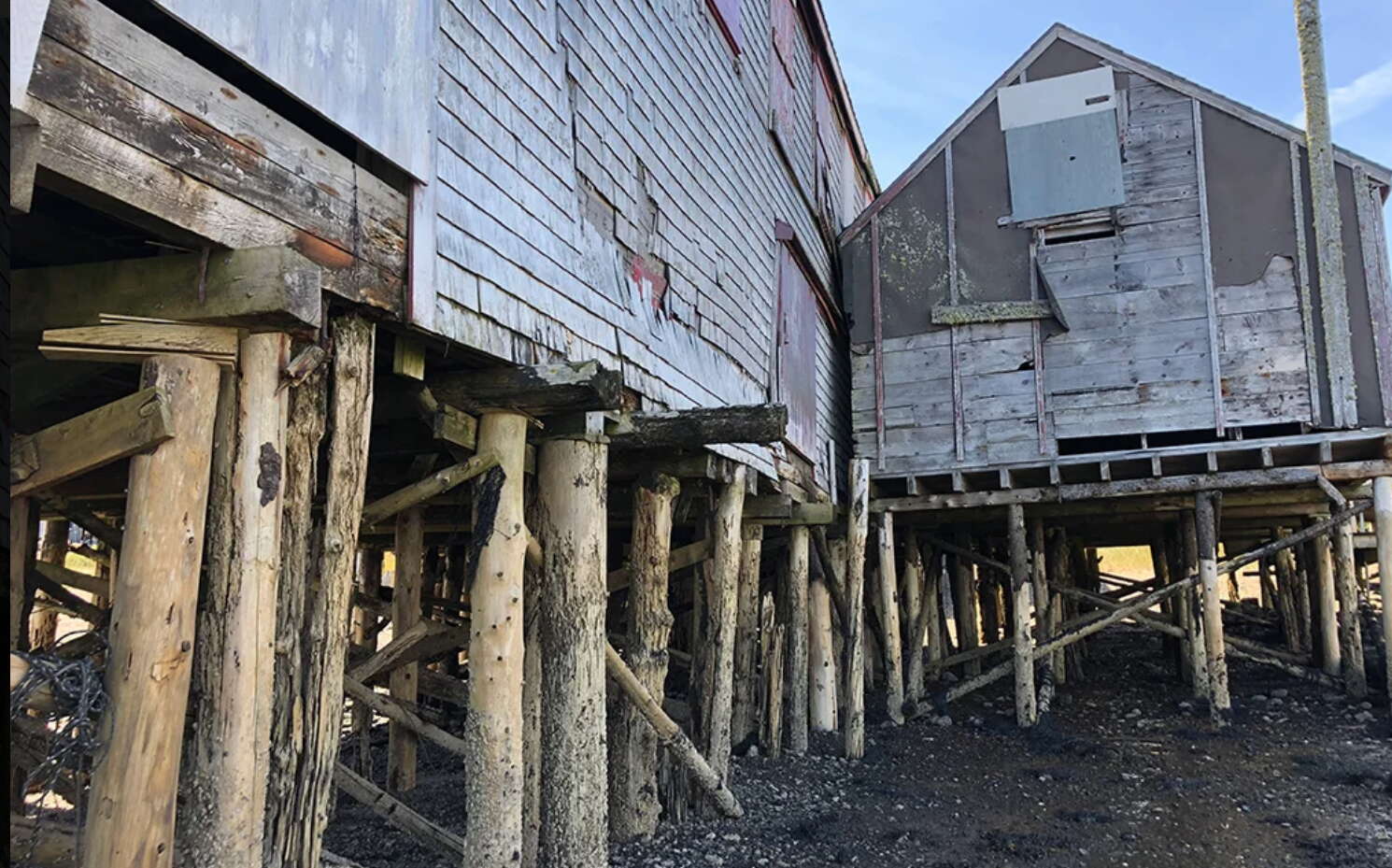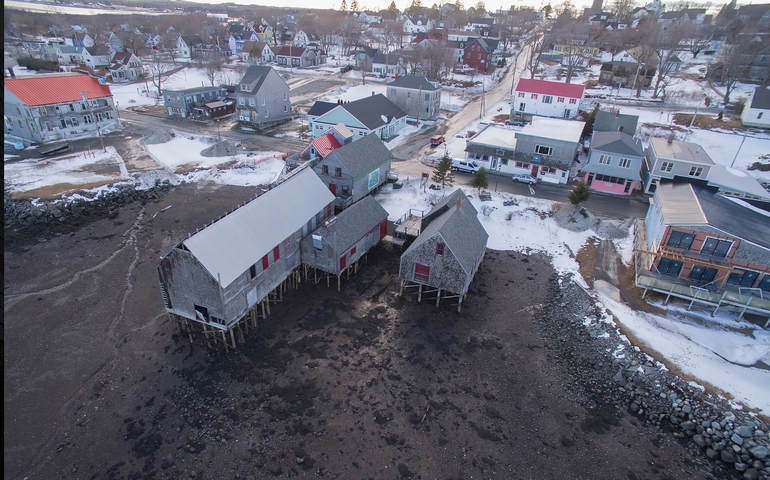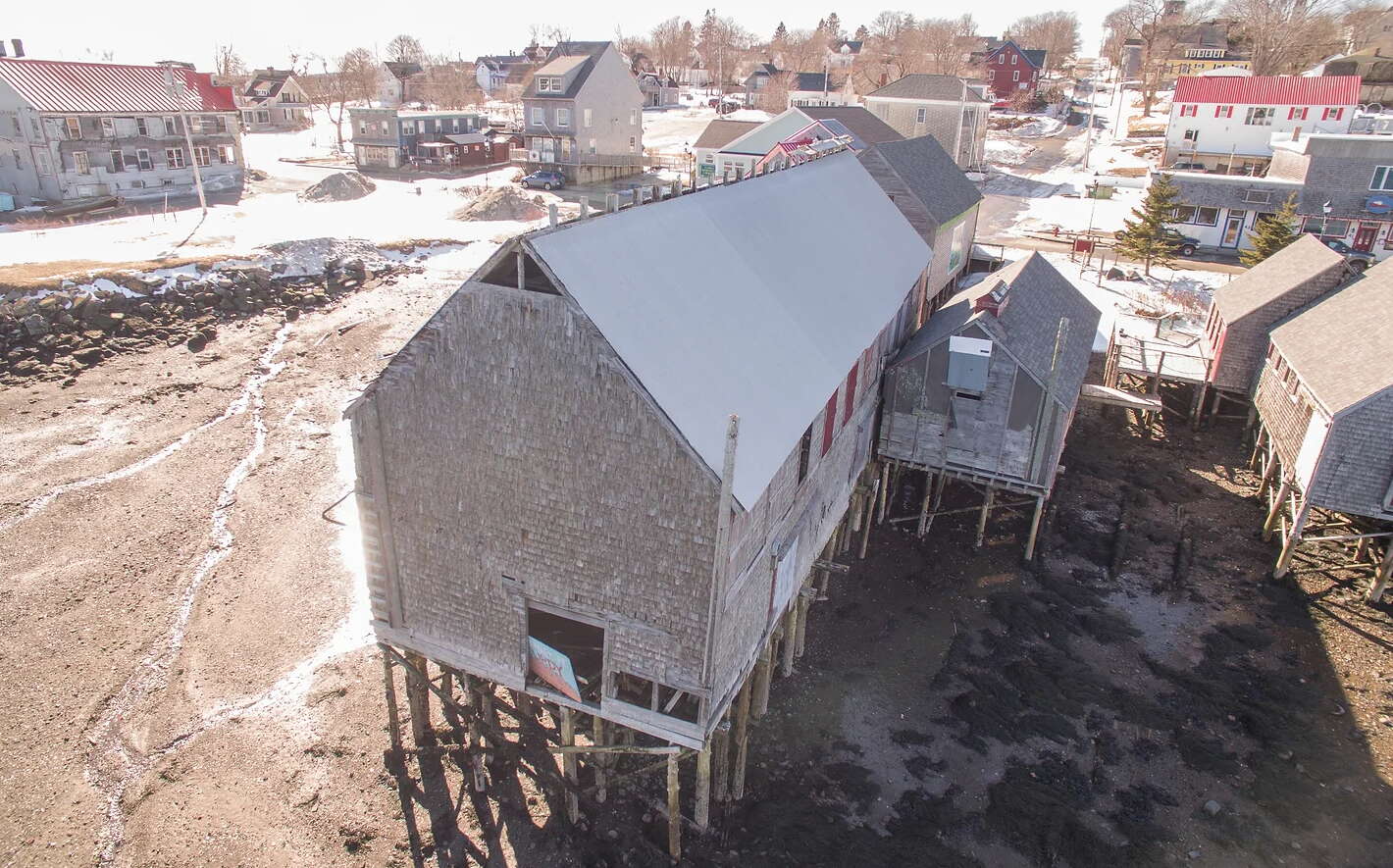
Processing Your Payment
Please do not leave this page until complete. This can take a few moments.
- News
-
Editions
-
- Lists
-
Viewpoints
-
Our Events
-
Event Info
- Women's Leadership Forum 2025
- On the Road with Mainebiz in Bethel
- Health Care Forum 2025
- On The Road with Mainebiz in Greenville
- On The Road with Mainebiz in Waterville
- Small Business Forum 2025
- Outstanding Women in Business Reception 2025
- On The Road with Mainebiz in Bath
- 60 Ideas in 60 Minutes Portland 2025
- 40 Under 40 Awards Reception 2025
- On The Road with Mainebiz in Lewiston / Auburn
- 60 Ideas in 60 Minutes Bangor 2025
Award Honorees
- 2025 Business Leaders of the Year
- 2024 Women to Watch Honorees
- 2024 Business Leaders of the Year
- 2023 NextUp: 40 Under 40 Honorees
- 2023 Women to Watch Honorees
- 2023 Business Leaders of the Year
- 2022 NextUp: 40 Under 40 Honorees
- 2022 Women to Watch Honorees
- 2022 Business Leaders of the Year
-
-
Calendar
-
Biz Marketplace
- News
- Editions
- Lists
- Viewpoints
-
Our Events
Event Info
- View all Events
- Women's Leadership Forum 2025
- On the Road with Mainebiz in Bethel
- Health Care Forum 2025
- On The Road with Mainebiz in Greenville
- On The Road with Mainebiz in Waterville
- + More
Award Honorees
- 2025 Business Leaders of the Year
- 2024 Women to Watch Honorees
- 2024 Business Leaders of the Year
- 2023 NextUp: 40 Under 40 Honorees
- 2023 Women to Watch Honorees
- 2023 Business Leaders of the Year
- + More
- 2022 NextUp: 40 Under 40 Honorees
- 2022 Women to Watch Honorees
- 2022 Business Leaders of the Year
- Nomination Forms
- Calendar
- Biz Marketplace
Lubec looks at saving landmark herring smokehouse
 Courtesy / Lubec Landmarks
McCurdy's, on Lubec’s waterfront, was the nation’s last herring smokehouse when it closed in 1991.
Courtesy / Lubec Landmarks
McCurdy's, on Lubec’s waterfront, was the nation’s last herring smokehouse when it closed in 1991.
When McCurdy Smokehouse, on the waterfront of downtown Lubec, closed in 1991, the structure was the last operating commercial herring smokehouse in the country.
Now known as the Historic McCurdy's Herring Smokehouse complex, much of it dates to the late 1800s. It’s owned by Lubec Landmarks Inc., a nonprofit founded in 1996 to preserve Lubec's historical waterfront and area culture. The organization owns and operates the complex, some of which was turned into a museum and gallery for local artists.
With an eye toward preserving the buildings, Lubec Landmarks has been consulting over the past year with the Tides Institute & Museum of Art of Eastport, which has a number of similar initiatives underway.

Earlier this month, Tides Institute brought Preservation Timber Framing of Berwick to the McCurdy Smokehouse complex to begin a full structural and restoration cost assessment of the buildings with a focus on the herring smokehouse structure.
“That will, for the first time, give us concrete steps for what’s involved,” Hugh French, the institute’s director, told Mainebiz.
The institute also brought in a preservation consultant, Scott Hanson, of Topsham, to undertake steps to see if the McCurdy complex might be eligible for National Landmark status, which could open up additional funding opportunities.
Major industry
The complex’s buildings stand on tall log pilings in the swift tidal currents of the Lubec Narrows where the Bay of Fundy tides can range as high as 25 feet twice daily. Herring were smoked there beginning in the 1890s and until 1991.
With the closure, commercial herring smoking vanished in the U.S.
During the peak of the fish industry in Lubec in the 1920s, there were over 20 sardine canneries and almost 30 herring smokehouses, according to the McCurdy Smokehouse website.
By the mid-1970s McCurdy's stood alone, the last smokehouse still curing herring for markets around the country.
The complex was placed on the National Register of Historic Places in 1993 based on its significance as an industrial site where a unique trade was practiced.

In 2007, Lubec Landmarks opened one of the structures as a museum, with exhibits and tours on the history of herring smoking.
Taller pilings
“The smoked herring industry was huge before canned sardines came around,” said Sam Winch, Lubec Landmarks’ president.
The group formed to save the old smokehouse buildings. Over the years, the organization has received a number of small preservation grants to help.
“But to do a really good job will be expensive,” said Winch.
The group turned to the Tides Institute because of its success in obtaining substantial funding to preserve historic buildings in Eastport, he said.
The complex has four remaining buildings. There used to be more. In 2018, one of the herring sheds broke away from the waterfront during a January blizzard and eventually beached on Canada’s Campobello Island, becoming the object of a heated international social media exchange.
The structures go out over the ocean and are at risk for sea level rise and storm surge.
“The main thing we want to do is raise the buildings above flood level,” said Winch.
The project includes picking up the buildings, moving them, building and installing new and taller pilings, then reinstalling the buildings.
The museum, staffed by volunteers, attracts between 600 and 1,000 people every summer.
“We’d like to expand the museum, and maybe even start smoking fish again — do a demonstration on how to smoke herring,” Winch said. “It’s a huge space. We could use it as a community center. It could really revitalize downtown Lubec.”
Sense of place
French said the structure and cost assessment is essential for understanding what’s involved to preserve the complex.
“It’s not an easy thing,” he said.
Tides Institute is funding the study. Preservation Timber Framing has performed similar work for some of the institute’s buildings.
The Berwick company put in a full day at the complex earlier this month. Its report is expected this spring.
“That will give us some sense of what the costs are and the work that needs to be done,” said French.
He added, “We’re interested in seeing it preserved. You hate to see something like that get lost. We’re realizing you can’t save every place, but key places add to the sense of this area — those are the ones we want to focus on.”









0 Comments